Image credit: Giuseppe Donatiello
M44: The Beehive Cluster
A gem of a cluster, the Beehive requires dark skies to be seen with the naked eye, but is a beautiful sight in binoculars and at low magnification through a telescope.
Please use another browser such as Chrome, Edge, Firefox, or Safari for the best experience

Posted By: High Point Scientific
February 2021
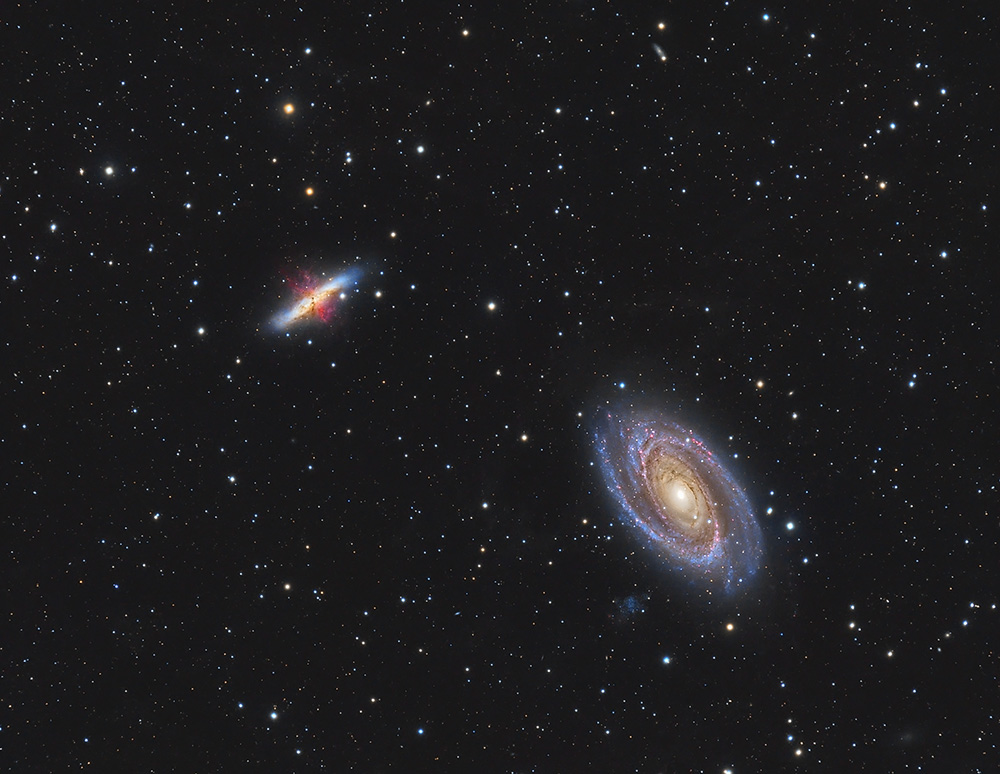
A popular target for astrophotographers and visual observers, this famous pair of galaxies can be found close together in the constellation of Ursa Major, the Great Bear. You’ll find them within the same binocular field of view, but you’ll need dark skies and a scope to see them as anything more than two faint, elongated blurs.
Telescopically, a low magnification will keep the two galaxies within the same field of view, with M81 appearing oval with a bright core in small scopes. Mid-sized instruments may reveal the spiral arms with averted vision while the view through large scopes can be breathtaking. M82 appears highly elongated, with some mottling and texture being visible, even in small scopes. Look out for a dark band bisecting the center, effectively splitting the core in two.
Image source: Andrei Bacila
February is a quiet month for planets in the evening sky. Realistically, Neptune is too close to the Sun to make any observations worthwhile, but Mars and Uranus can still be seen throughout the evening. A waxing crescent Moon appears within the same binocular field of view as Uranus on the 17th and is then to the left of Mars the following night. Venus has vanished from the morning sky, but if you missed the close conjunction of Mercury, Jupiter and Saturn last month, you may have a second chance toward the end of February. All three will be emerging into the morning twilight by the last five days of the month, with the best views coming about 30 minutes before sunrise. The Moon reaches last quarter on the 4th and then turns new on the 11th. First quarter is on the 19th and, finally, the Moon turns full on the 27th.
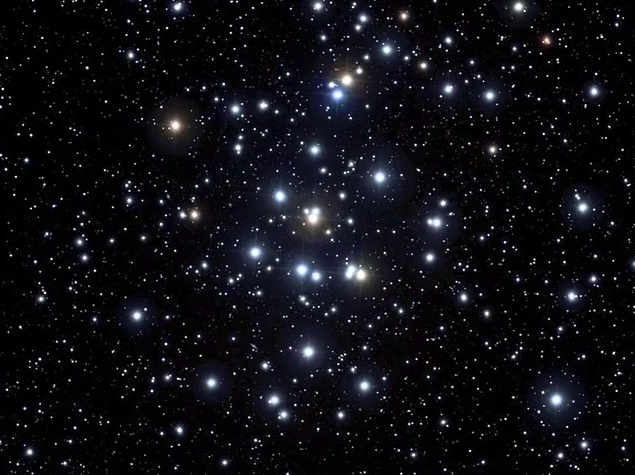
Image credit: Giuseppe Donatiello
A gem of a cluster, the Beehive requires dark skies to be seen with the naked eye, but is a beautiful sight in binoculars and at low magnification through a telescope.
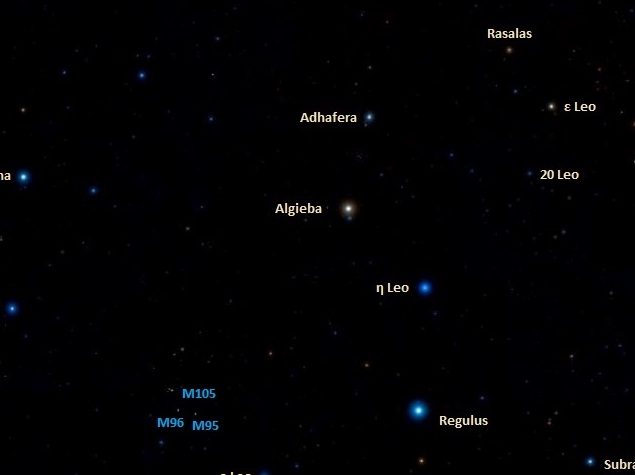
Image credit: WikiSky
This naked eye star forms part of the “sickle” of Leo, with binoculars revealing a nearby companion. However, a telescope will split the star into two equally bright, golden components.
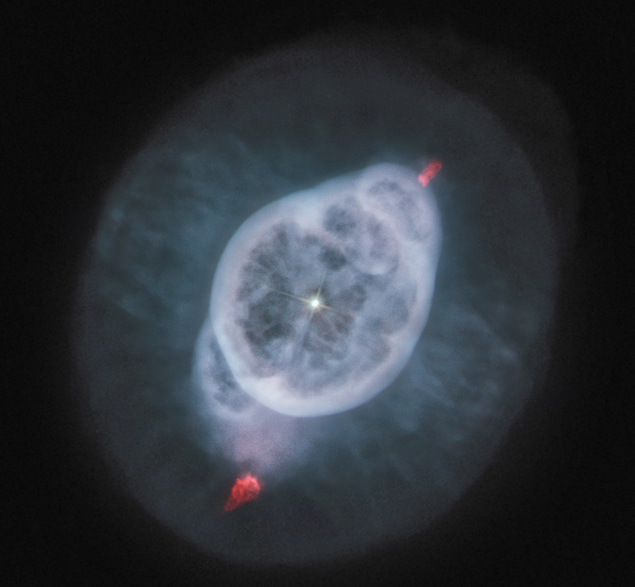
Image credit: NASA
This bright planetary nebula appears about the same size as Jupiter through a telescope (hence its name) but has a blue-green oval shape. Mid-sized scopes will reveal the magnitude 13 central star.
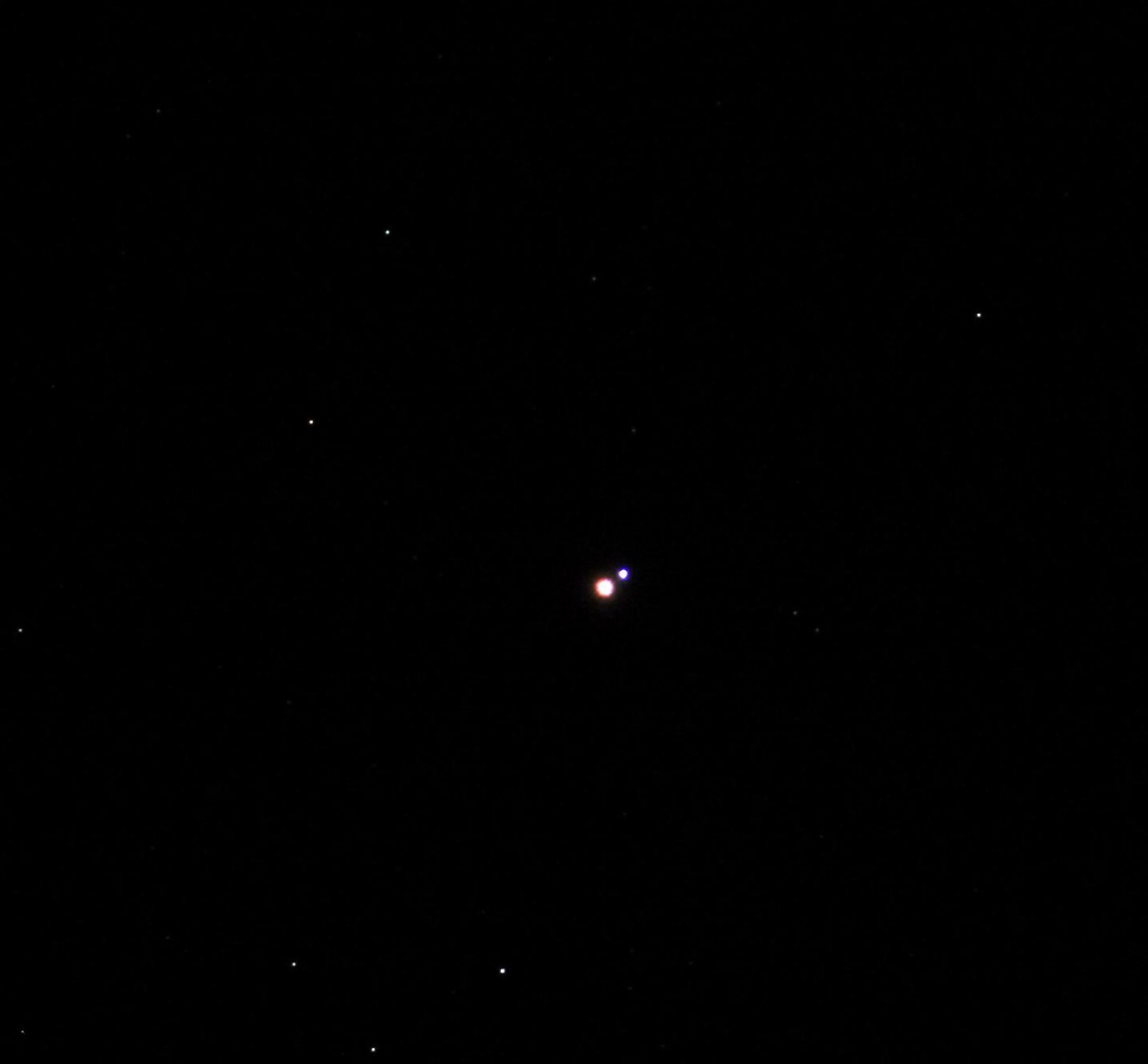
Image credit: Nick Hewitt
A lovely springtime double easily split at low power. Similar to Albireo in Cygnus, the primary component appears pale gold while its companion is a pale blue.
Apparent Diameter: The size an object appears in the sky, as measured in degrees, arcminutes and arcseconds. Each degree is made up of 60 arcminutes and each arcminute is comprised of 60 arcseconds. For example, the Sun and Moon both appear roughly half a degree, or 30 arcminutes in diameter. Many star clusters appear between 10 and 40 arcminutes, while the planets almost always appear smaller than an arcminute. Venus, the closest planet, can appear anywhere between 10 arcseconds and 66 arcseconds (or 1 arcminute and 6 arcseconds) while Neptune, the furthest planet, is never larger than 2 arcseconds.